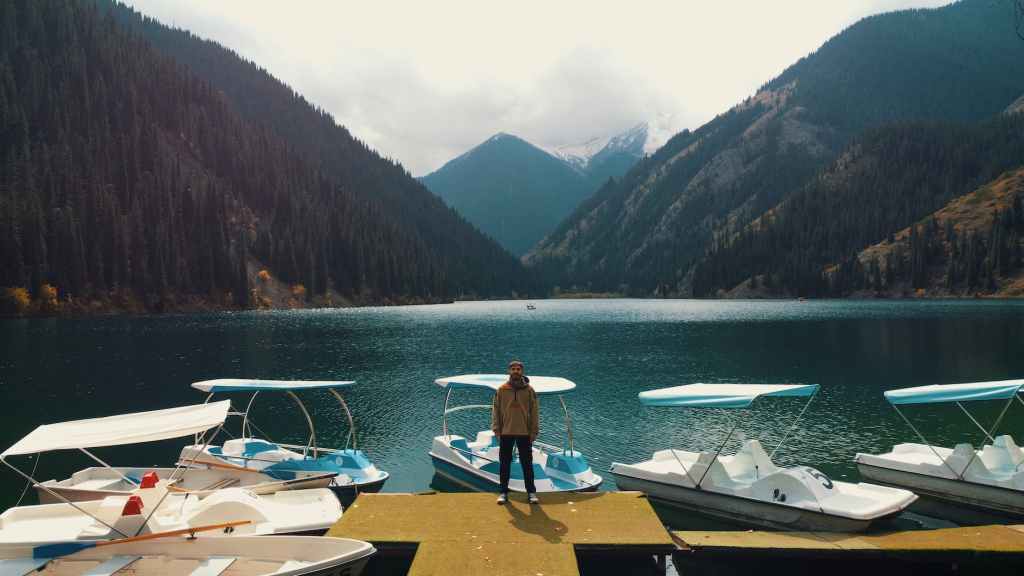Drones have become increasingly popular in recent years, being used for a variety of purposes ranging from recreational use to commercial applications. These unmanned aerial vehicles (UAVs) have the ability to capture stunning visuals, deliver packages, and even conduct surveillance. But with this surge in popularity comes the question, who controls drones?
In general, drones can be controlled by two main entities: individuals and government agencies. Let’s take a closer look at each of these.
Individual users have the ability to control drones for personal use. Whether it’s for aerial photography, racing, or simply for fun, individuals can purchase drones from various manufacturers and control them using a remote controller or a smartphone app. These drones are typically smaller in size and have limited capabilities compared to those used by government agencies. The control is entirely in the hands of the individual user, as long as they adhere to the rules and regulations set by aviation authorities.
Government agencies, on the other hand, can also control drones for a wide range of purposes. Law enforcement agencies, such as police departments or border patrol, often use drones for surveillance purposes. They can monitor public spaces, track suspects, and gather intelligence without putting human lives at risk. Similarly, government agencies involved in national security or defense may utilize drones for reconnaissance or combat missions. These drones are usually equipped with advanced technologies and require highly skilled operators to control them.
It’s worth mentioning that the control of drones doesn’t rest solely with the operator. There are also regulatory bodies that control the use of drones, ensuring that they are operated safely and within the confines of the law. Aviation authorities, such as the Federal Aviation Administration (FAA) in the United States, have established rules and regulations to govern the use of drones. These rules cover aspects such as flight restrictions, registration requirements, and pilot certification, among others. By enforcing these regulations, authorities aim to ensure the safety and privacy of the public.
In some cases, the control of drones can also be outsourced to third-party companies. For example, companies like Amazon or UPS are exploring the use of drones for package delivery. In these cases, the control of drones is in the hands of the companies themselves, but they still need to comply with regulations set by aviation authorities.
In conclusion, the control of drones is a multi-faceted concept. While individuals have the freedom to control drones for personal use, government agencies and regulatory bodies also play a significant role in monitoring and regulating their use. As technology continues to evolve, it’s crucial for proper control and monitoring of drones to ensure the safety, security, and responsible use of these innovative devices.
